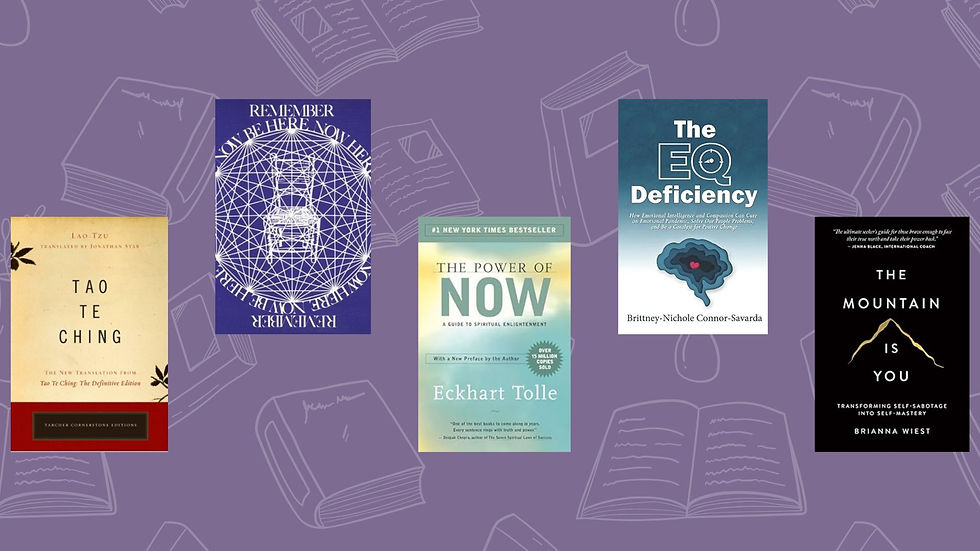The Kingdom of Joy: How Bhutan's Gelephu Mindfulness City is Redefining Modern Urban Living
- Brittney-Nichole Connor-Savarda
- Sep 1
- 3 min read

In a world where urban development is often synonymous with concrete jungles and environmental degradation, one small Himalayan kingdom is pioneering a revolutionary approach to city planning. Bhutan, long known for measuring success through Gross National Happiness rather than Gross Domestic Product, is now creating what may be the world's first truly mindful metropolis—Gelephu Mindfulness City.
This ambitious project represents more than just urban development; it's a bold reimagining of how human settlements can exist in harmony with nature while fostering genuine well-being and prosperity for all inhabitants.
The Philosophy Behind the Vision
Since 1972, Bhutan has measured development through "Gross National Happiness" rather than wealth, built on four pillars: sustainable socioeconomic development, environmental conservation, cultural preservation, and good governance. This philosophy recognizes the deep interconnectedness of all beings and emphasizes that true happiness comes from living in harmony while developing our potential in service of others' well-being.
Now, Bhutan is translating these principles into physical form through Gelephu Mindfulness City—a testament to what happens when ancient wisdom meets modern urban planning.
A City Unlike Any Other
Spanning more than 250,000 acres, Mindfulness City aims to amplify biodiversity with interconnected ecosystems forming 11 neighborhoods shaped by 35 rivers and streams. The city will offer space to businesses in finance, tourism, green energy, technology, healthcare, and education.
The architectural vision blends with Bhutan's natural environment through inhabitable bridges housing universities, healthcare facilities, hydroponic farming systems, and spiritual centers. The city will include a new international airport, railway connections, a hydroelectric dam, and public spaces across 386 square miles. What makes this development revolutionary is its commitment to working with, rather than against, the natural landscape.
Regenerative Urban Design
Unlike traditional cities that impose themselves upon landscapes, Gelephu Mindfulness City embraces "regenerative development"—construction that actually improves environmental conditions. As the world's first global model of regenerative, values-based urban development, the city is designed to actively enhance the surrounding ecosystem's health and biodiversity.
The 35 rivers and streams aren't obstacles but partners in the design process, shaping neighborhoods and providing sustainable water management. The inhabitable bridges represent humanity's ability to span divides while respecting the natural world.
A Model for the Future
While other futuristic city projects focus primarily on technology and efficiency, Bhutan's approach prioritizes human flourishing and ecological harmony. Gelephu Mindfulness City addresses real challenges including unemployment and economic development while staying true to core values of happiness and environmental stewardship.
The inclusion of research centers focused on green technology and sustainable practices positions the city as a living laboratory for sustainable development, where visitors and residents experience firsthand how settlements can enhance rather than degrade their environment.
Lessons for a Troubled World
As climate change, mental health crises, and social inequality challenge communities worldwide, Bhutan's Mindfulness City offers a compelling alternative vision. It demonstrates that economic development and environmental protection can be mutually reinforcing when approached with wisdom.
The project's emphasis on collective well-being over individual accumulation provides a counter-narrative to conventional development. By prioritizing happiness alongside prosperity, Bhutan shows it's possible to build cities that nourish the human spirit while respecting planetary boundaries.
The Path Forward
As construction progresses on Gelephu Mindfulness City, the world is watching to see whether Bhutan's bold experiment can succeed. To fund the airport and related infrastructure, Bhutan launched its first-ever domestic bond offering in 2025, which has seen strong support from Bhutanese investors. This local investment reflects the deep commitment of Bhutanese people to this transformative vision.
The success of this project could provide a blueprint for sustainable urban development worldwide. In an era when half the world's population lives in cities—a number expected to reach 68% by 2050—the need for more conscious approaches to urban planning has never been greater.
Bhutan's Gelephu Mindfulness City represents more than just innovative architecture or sustainable technology. It embodies a fundamental shift in how we think about human settlements—not as separate from nature, but as integral parts of larger living systems. In pursuing happiness and harmony alongside prosperity, Bhutan is pioneering a model of development that could help heal both our communities and our planet.
As we face an uncertain future marked by environmental challenges and social fragmentation, perhaps we all have something to learn from this small kingdom's big dreams. In Gelephu Mindfulness City, Bhutan is showing us what becomes possible when we dare to prioritize well-being over wealth, harmony over dominance, and wisdom over mere cleverness.



Comments